|
Working With Wood Continued
Now that the bushing holes are in, I'm going to cut some 45 degree
angles on the side pieces.
|
|
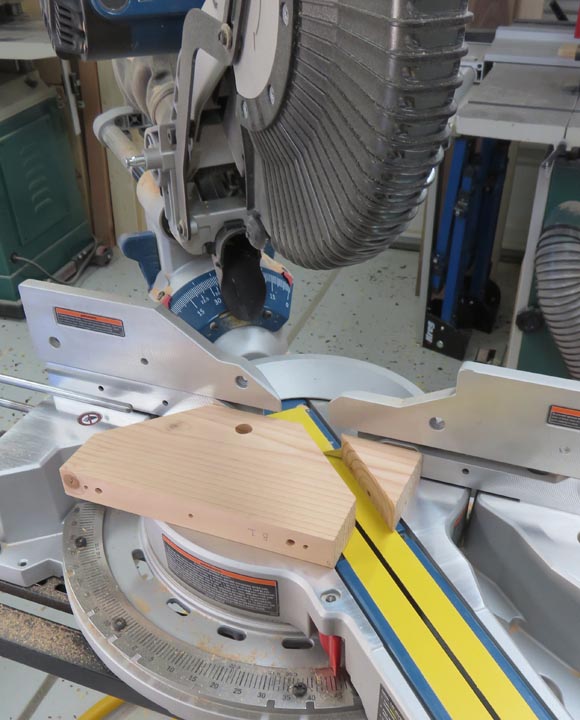 |
I wanted each angle to be exact and to have a
nice finish so I used my table saw and my cross-cut sled to skim each
edge. This only took a few minutes and worked out great.
|
|
 |
|
Working With Metal
I'm going to make the bushings out of some leftover 5/8" diameter
round bar that was used on another project,
|
|
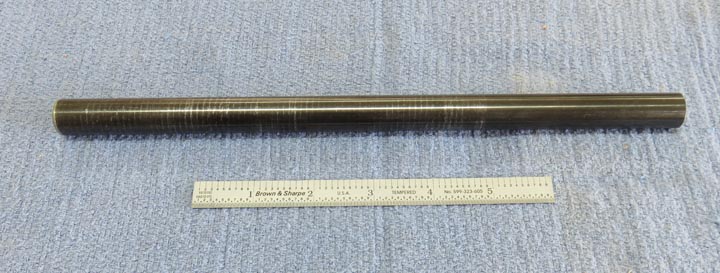 |
|
I made two for each scale. These are 1 3/4" long with a
reamed 3/8" diameter hole through them. These will get pressed into the
side pieces and then I'll use a pin that will locate through both
bushings.
|
|
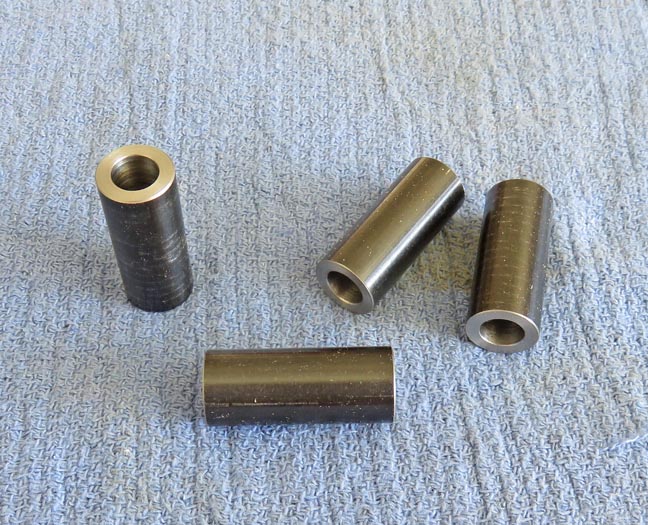 |
Here I'm cutting some 1/2' thick aluminum plate that will be used for
the balancing arm. My bandsaw made quick work of cutting these.
|
|
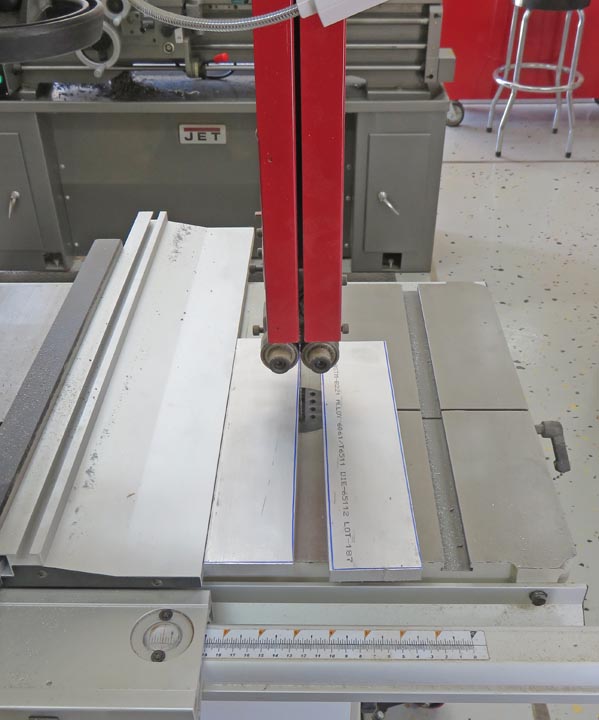 |
This was also leftover from a previous project and should work nicely
for this. The type of aluminum is 6061-T6, which is perfect for this
application.
|
|
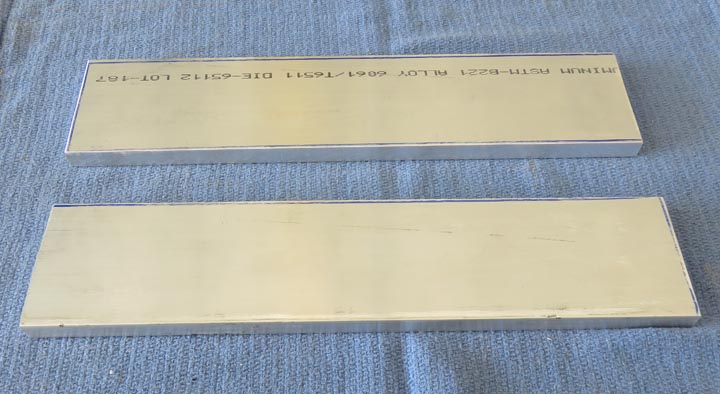 |
I milled all six sides square, and here I'm cutting the ends to length
which will be 12.00" long exactly. The width is 3.0" wide.
|
|
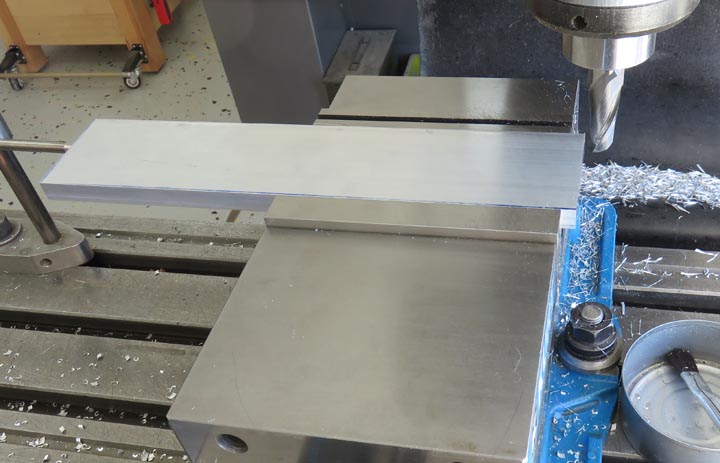 |
I milled a .750" wide slot by .050" deep that will be used to
locate a block
that will be used as a pivot point. The block will be held in place by
those two 10-32 screws.
|
|
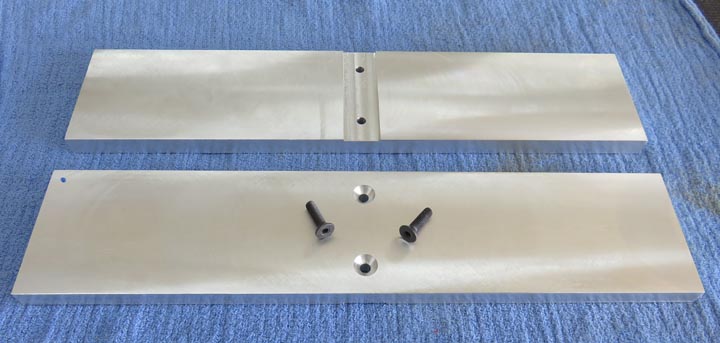 |
|
The block is 3/4" X .800" tall, with a 3/8" diameter
hole that goes through. The blue layout dye is going to have a round
pocket, and if you look close you can see the layout lines that
represents a 1.500 diameter circle. I'll talk more about this later.
|
|
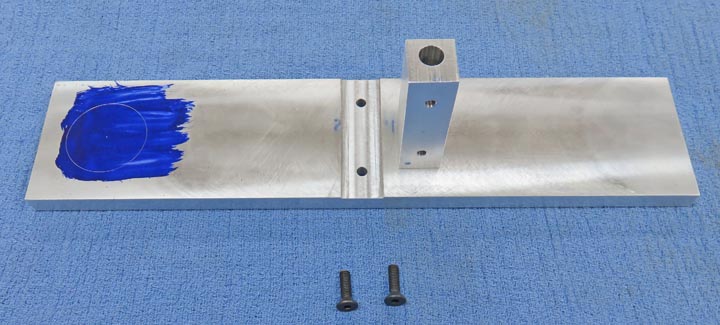 |
Here I'm using a 3/8" radius cutter to produce a full radius on the 3/4"
dimension. This radius will serve two things: first it has a nice rounded
surface so nobody gets hurt, and second, it just looks nicer.
|
|
 |
|
1
2
3
4
5
6
7
8 |